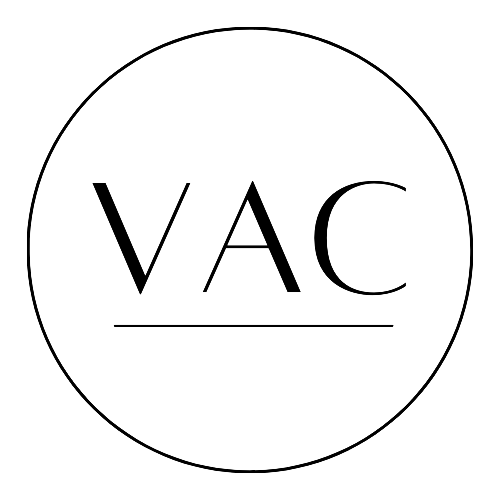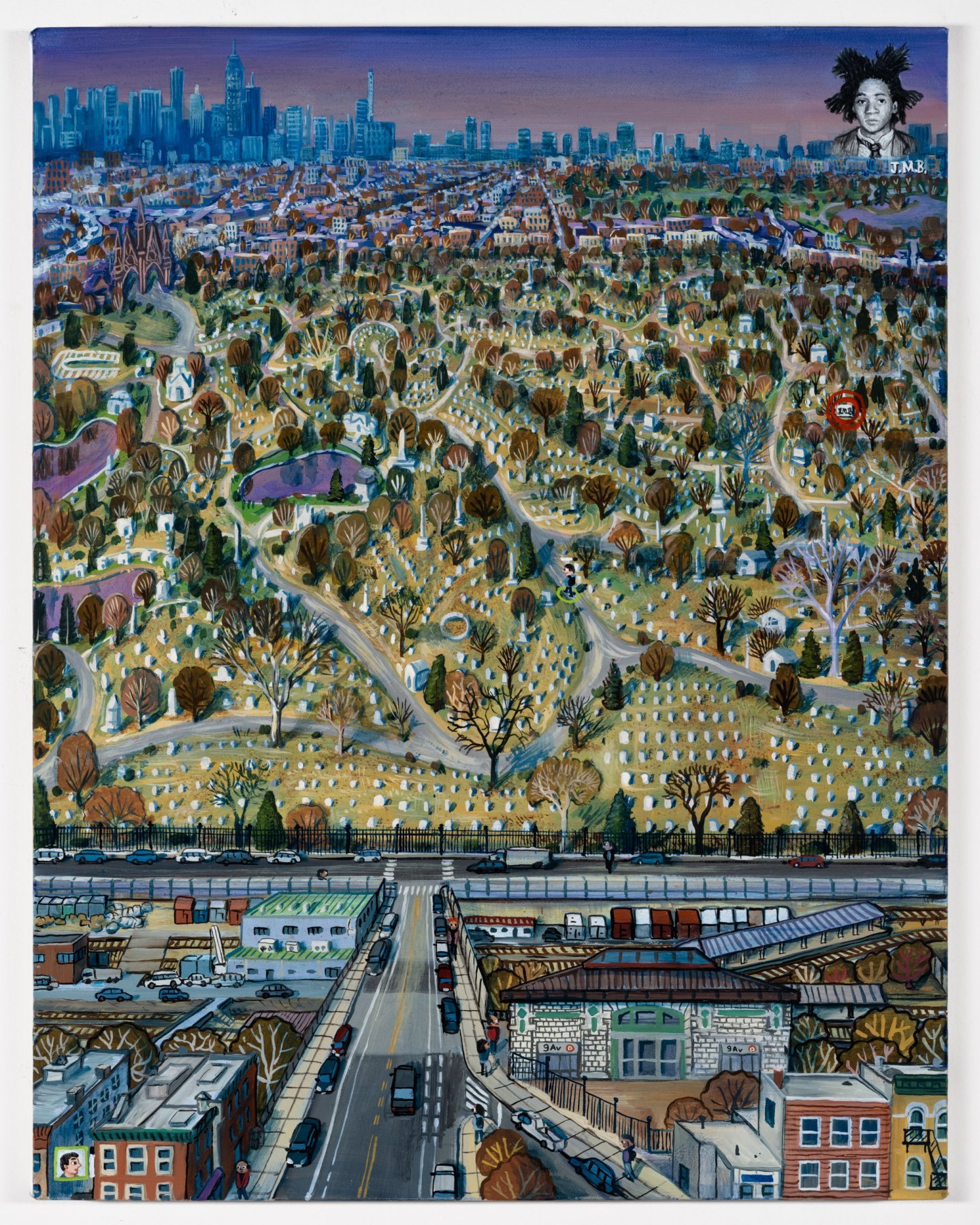Contemporary Art: A Changing Landscape
Throughout history, artists, poets, writers, and musicians have been inspired by the world around them, and in particular, nature. From the poems of Robert Frost to the orchestral compositions of Antonio Vivaldi, the natural world has played a pivotal role in the creation of art. One quintessential example of this fascination is the genre of landscape painting: the depiction of natural scenery in art.
Classical Landscape with Figures and Sculpture, Pierre-Henri de Valenciennes, 1788
The tradition of landscape painting goes back thousands of years in both Western painting and Chinese art, where a spiritual element is recognized, stemming from Daoism. Although the pure depiction of landscapes declined after the fall of the Roman Empire, there was a resurgence in the 16th century in the Netherlands. It took almost a century for the acceptance of the genre to spread to the rest of Europe. In the 17th century, the idea of the “classical landscape” was born Inspired by classical antiquity, and the Roman countryside.
Heart of the Andes, Frederic Edwin Church, 1859
During the 19th century, in the height of the Romantic Movement, artists infused their compositions with drama and passion, and it was during this time period that landscape painting was firmly established as a respected genre in both Europe and the United States, where the Hudson River School painters, including the artist, Frederic Edwin Church, gained popularity.
Monet, Branch of the Seine near Giverny (Mist), 1897
Next, as outdoor painting or en plein air became common practice, Impressionist artists like Claude Monet rose to fame. With an emphasis on looser, more expressive brushwork, and inventive use of color, Impressionism inspired generations of painters.
Gustave Caillebotte, Paris Street; Rainy Day, 1877
By the 20th century, with many advancements in science, technology, and engineering, the landscape and the world began to change, along with the goals of artists. Many landscape painters began to focus on conveying psychological ideas in their works, sometimes through Surrealism. Others also began to depict the urban landscapes that surrounded them, resulting in the cityscape genre.
Today, contemporary artists draw inspiration from the generations of landscape painters that came before them, as well as from modern sources, like television, comics, suburban or urban surroundings, and more.
Jess Capobianco, Wires Got the Best of Me, oil on panel
For example, New York City based painter Jess Capobianco creates landscapes utilizing techniques similar to those of the Hudson River School painters. These suburban landscapes are detailed and realistically rendered, with modern elements like telephone wires, cars, and street-lamps. Capobianco paints these scenes of moments from every-day life, with a virtuosity that makes even the mundane seem both alluring and mysterious.
Stipan Tadić, Greenwood Cemetery - 9 Ave, oil on canvas
Artist Stipan Tadić uses oil on canvas to create cityscape paintings that still explore the characteristics of landscape by depicting a specific location, but center on scenes in New York City. These highly detailed paintings almost appear as maps, focusing on rendering the architecture of the buildings, as well as the people that reside in the city, capturing moments of daily life and evoking the sociological connection of people to their city or neighborhood. While these pieces have a strong connection to the traditions of illustration, they also serve as landscape scenes of the contemporary, urban world we live in today.
Inka Essenhigh, Blue Sycamore, oil on canvas
New York based artist Inka Essenhigh creates work in the landscape genre with a strong awareness of contemporary culture and a dreamlike, surreal sensibility. Her use of color is also very current and departs from reality, instead imbuing each piece with a strong sense of emotion. These imaginative landscapes are both strange and familiar, juxtaposing plant life with colors and forms not often found in nature; the unknown with the known.
Julie Himel, Held II (Same Place, Different Fire), oil and acrylic on canvas
Canadian painter Julie Himel creates bold, abstracted landscapes composed of gestural strokes of color. Although Himel draws on traditions of landscape painting, her work is about more than just the depiction of a space or a view; her work is about the human experience. This understanding of the way landscape can be used to emphasize a psychological or spiritual experience has roots in the Impressionist era, but her daring and vivid compositions feel truly contemporary.
Featured Artists:
Jess Capobianco / IG: @jesscapo
Stipan Tadić / IG: @stipan.tadic
Inka Essenhigh / IG: @inkaessenhigh
Julie Himel / IG: @juliehimel








